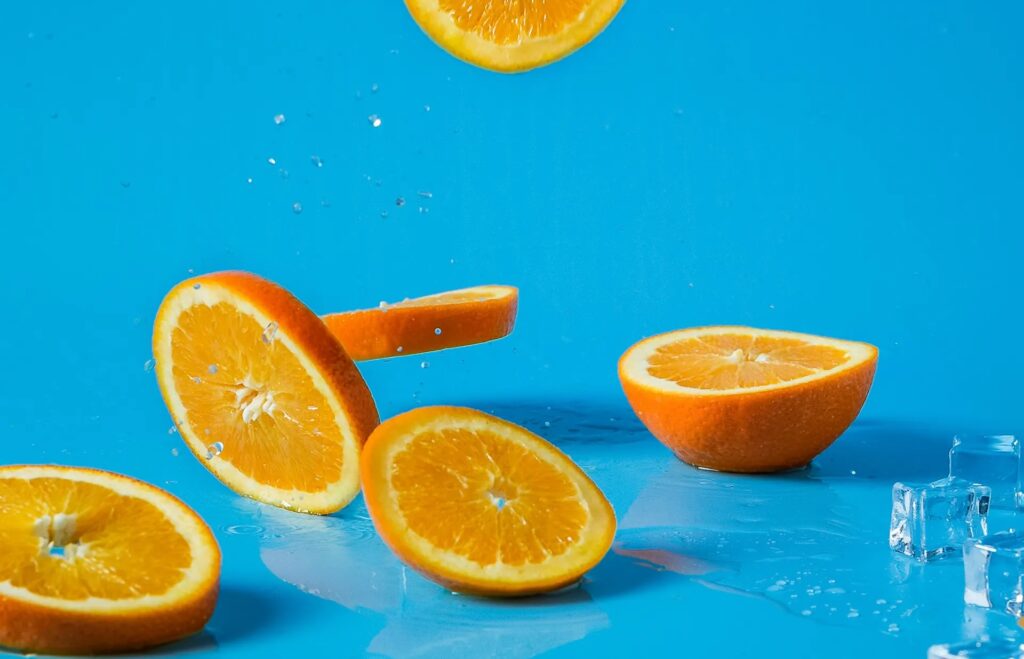
The Pricing Digest: Fruit Juice (January 2025)
Welcome back to our quarterly roundup of the fruit juice industry. As always, we’re diving into the key developments shaping the market and what they might mean for buyers in the months ahead. It’s been a mixed bag across the globe, with some regions showing signs of recovery while others continue to battle the elements.
At The Source, we’re keeping a close eye on these developments and sharing the challenges ahead. Read on for region-specific insights and what they mean for buyers moving forward.
Brazil: A Citrus Comeback Story
The upward revision of Brazil’s 2024/25 orange crop forecast to 223.14 million boxes by Fundecitrus represents a significant recovery after several challenging seasons. Despite this increase, the industry is still facing challenges, such as weather variability, pests like citrus greening, and diseases impacting production. Brazil remains the world leader in orange juice exports, but drought conditions earlier in the cycle and ongoing disease management strategies remain central to its long-term stability.
While this is a promising increase, the sector remains cautious due to ongoing challenges with disease and unpredictable weather patterns.
Poland: Apple Supplies in Crisis
Poland is experiencing its second-lowest apple harvest in a decade due to severe weather impacts, including spring frosts and drought conditions. This shortfall has significantly increased the cost of raw apples, leading to soaring apple juice concentrate prices. With diminished fresh apple supplies and high demand for concentrate globally, buyers are facing elevated costs. Additionally, labour shortages and logistical challenges are exacerbating the situation.
Florida: Grapefruit’s Declining Fortunes
According to The USDA’s forecast Florida’s 2024/25 citrus production forecast paints a challenging picture. Grapefruit production is projected at just 1.20 million boxes, reflecting ongoing struggles with diseases like citrus greening and unfavorable weather conditions. Orange production is also anticipated to remain significantly below historical averages. These figures highlight the persistent difficulties faced by the state’s citrus industry, which continues to battle reduced acreage and declining yields.
Argentina: The Lemon Leader Faces Challenges
Argentina’s lemon industry, once a global powerhouse, has struggled with reduced production volumes. This has led to an unusual reliance on lemon imports from countries like Chile, Egypt, and Mexico. Coca-Cola, a major global buyer of lemon juice concentrate, has turned to alternative sourcing due to Argentina’s shortfalls. This demand shift underscores the far-reaching impact of Argentina’s production challenges on global juice supply chains.
Thailand: El Niño Hits Pineapple Hard
Thailand’s pineapple production has been severely impacted by El Niño, resulting in a significant reduction in crop yields during the Winter season. A sustained drought has caused fruit sizes to shrink and delayed harvesting, exacerbating supply shortages. This ongoing situation is expected to keep prices for pineapple juice concentrate high, as supply struggles to meet demand in global markets.
Ecuador: Passion Fruit Under Pressure
Passion fruit production in Ecuador has hit critically low levels due to a severe drought. The lack of sufficient rainfall has hindered fruit development, leading to smaller yields and impacting supply chains. As one of the key global suppliers of passion fruit concentrate, Ecuador’s struggles are expected to exacerbate shortages in international markets, driving prices higher for this popular tropical juice. Buyers may need to explore alternative sources or adjust procurement strategies to navigate these constraints effectively.
Takeaways
As we enter 2025, the juice market remains volatile, shaped by crop shortages, adverse weather, and rising production costs. While Brazil’s improved orange crop is a positive sign, challenges in other key regions such as Poland’s apple shortfall, Thailand’s pineapple struggles, Florida’s grapefruit woes, and Ecuador’s passion fruit drought are driving up concentrate prices. Buyers should secure contracts early and closely monitor supply conditions to manage costs effectively.
To learn more, speak to Chris Sanders or your account manager.
-
Effective hydration for elderly care
Dehydration can be hard to detect in older people
-
Flavour Predictions for 2025: What's Next in Food & Drink
At Radnor Hills, we’ve noticed a growing shi
-
FMCG specialist joins the Radnor Hills Board
Radnor Hills has welcomed FMCG specialist Jonathan
Join the Community